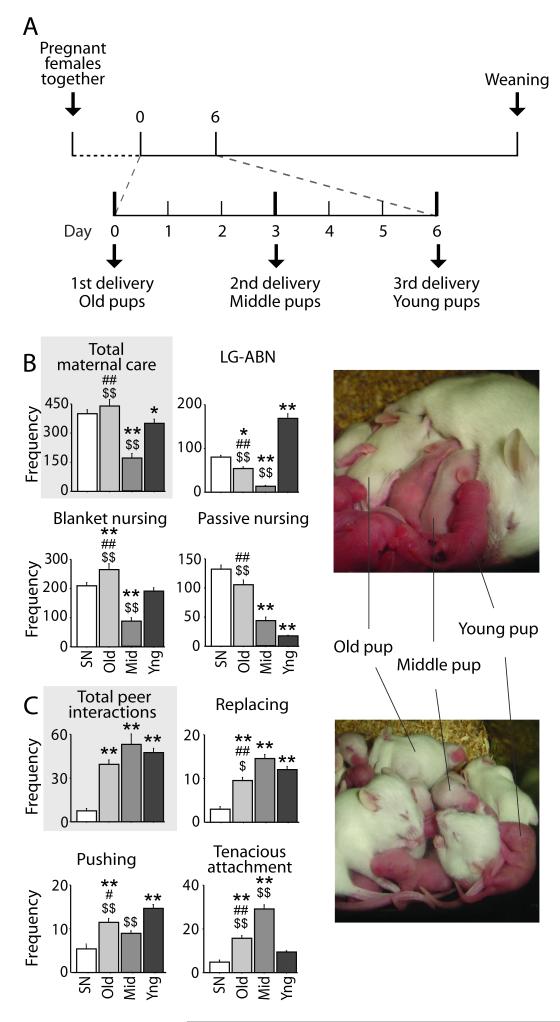Figure 1. Maternal care and peer interactions during the first two postnatal weeks.
(A) Scheme representing the communal nesting , detailing the relative time interval between deliveries of the three mothers. (B) Maternal care. The Middle (Mid) group (n=10) received less maternal care overall compared to standard nesting (SN) (n=11), Old (n=10) and Young (Yng) (n=10) group. In particular, the Middle group received less licking/grooming-arched back nursing (LG-ABN) and blanket nursing compared to the other groups (p < 0.01). (C) Early peer interactions during the first two postnatal weeks. SN pups (n=6 litters) showed lower levels of peer interactions particularly for those behaviors involving a direct competition (replacing and pushing) compared to the other groups (n=6 litters in each group) (at least p < 0.05). High levels of tenacious attachment, in the Middle group (p <0.01 vs. all the others) could compensate for the low levels of maternal care received (data shown in B). Gray boxes highlight total amount of maternal behavior and peer interactions. The cage was considered as the statistical unit. **, ## and $$ = p < 0.01 respectively vs. SN, Middle and Young; * and $ = p < 0.05 respectively vs. SN and Young. Data shown are means ± SEMs.

